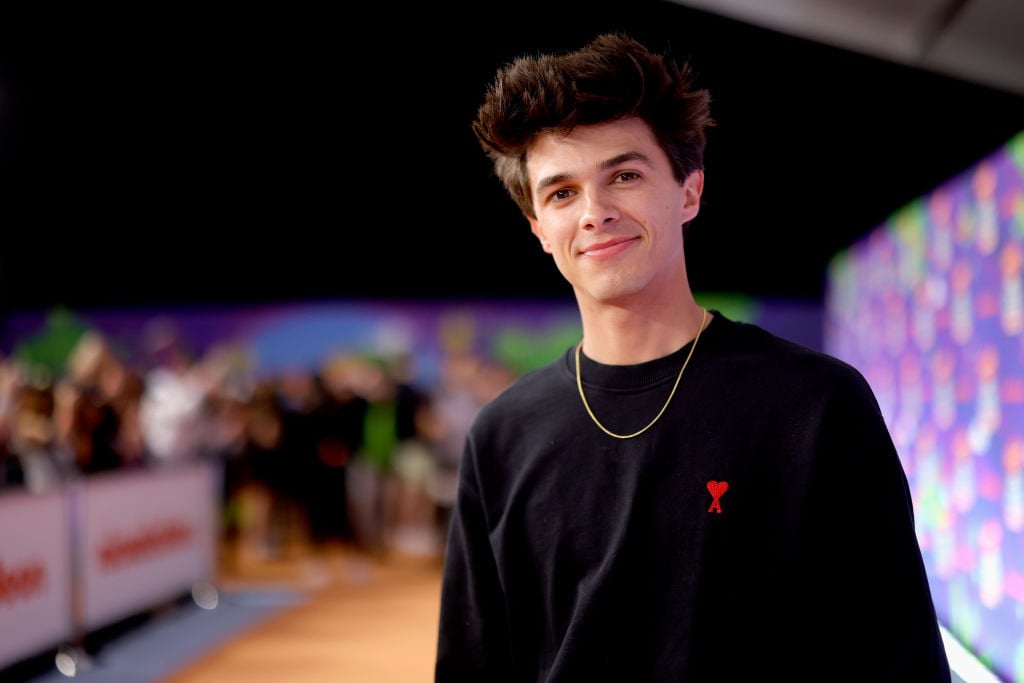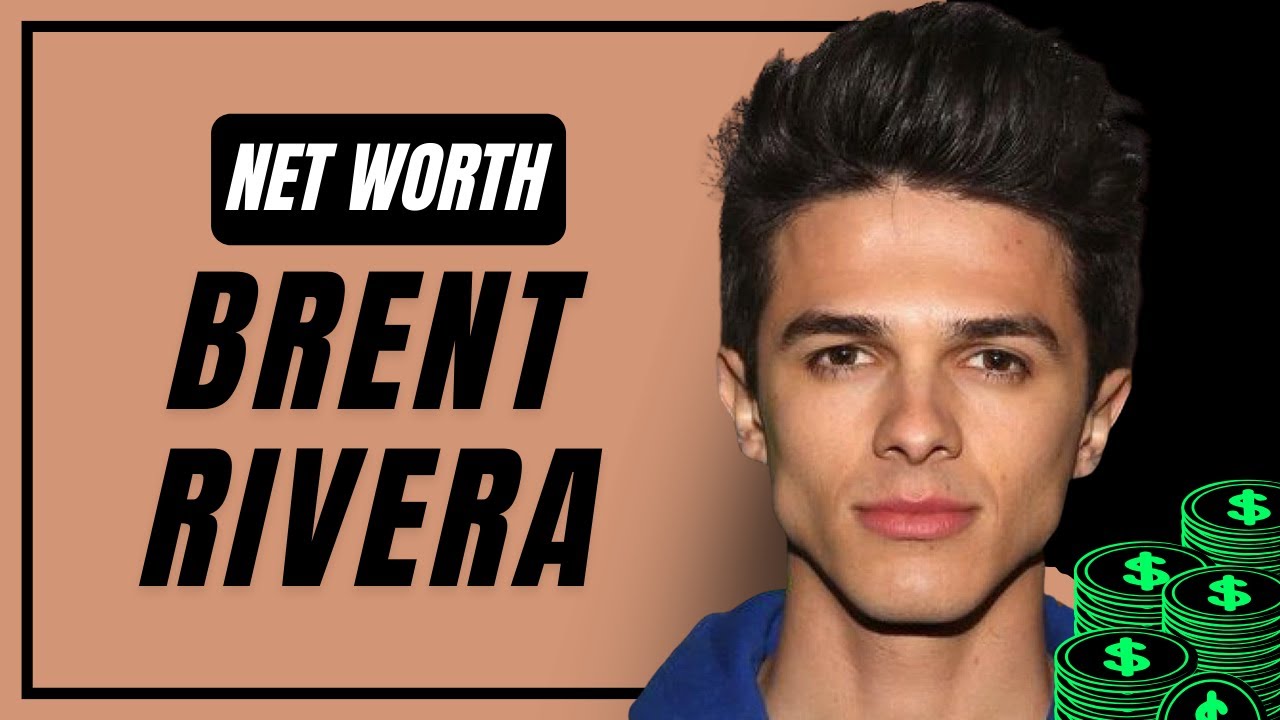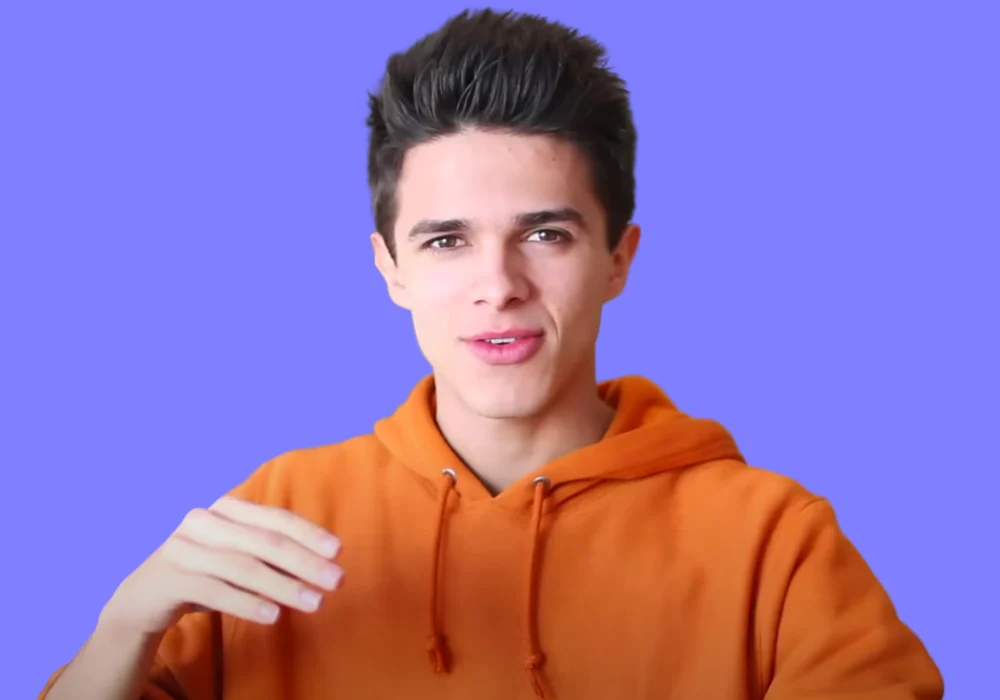The Brent Rivera Effect: How His Success is Redefining the Entertainment Economy
Over the past decade, a new cohort of entertainers has emerged whose economic footprint is measured less by ticket sales or box office receipts and more by followers, click-through rates, merchant conversions, and branded content transactions. Among them, Brent Rivera stands out as a case study in how individual creators convert cultural influence into economic value. This article explores The Brent Rivera Effect — a shorthand for the ways a modern creators success is systematically redefining the entertainment economy, shifting incentives across platforms, brands, and even public policy.
Context: Who Is Brent Rivera and Why the “Effect” Matters
Brent Rivera is a creator who rose to prominence on short-form platforms and parlayed digital attention into multi-platform revenue. The term “Brent Rivera Effect” refers to the broader phenomenon where a creators integrated content strategy, personal brand, and entrepreneurial activities produce measurable economic outcomes beyond traditional celebrity metrics.
Key characteristics of this phenomenon
- Scale of attention: millions of dedicated followers across platforms.
- Multi-channel monetization: ad revenue, sponsored posts, merchandising, appearances.
- Brand leverage: ability to move product demand and shape youth consumer behavior.
- Network effects: collaborations, creator houses, and cross-promotions increase aggregate impact.
Audience Economics: Attention as a Tradeable Asset
A central pillar of Brent Riveras economic impact is the transformation of attention into revenue. Modern platforms price attention differently: advertisers value reach and engagement but also the targeted micro-demographics that creators assemble. For the sake of analysis, consider a stylized audience model:
| Platform | Approx. Followers/Subscribers | Average Engagement Rate | Typical CPM / RPM (industry estimate) |
|---|---|---|---|
| TikTok | ~15–30M | 3%–8% | $0.50–$5 per 1,000 views (creator-facing varies) |
| YouTube | ~5–10M | 2%–6% | $1–$8 RPM |
| ~10–25M | 1%–4% | $5–$20 CPM (sponsored content much higher) | |
| Other (Snapchat, Twitch) | Variable | Variable | Variable |
These numbers are generalized industry benchmarks but illustrate why diverse platform presence increases an individual creators bargaining power. When a creator like Brent commands cross-platform attention, brands often pay premiums for combined deals because the audience is younger and more purchase-intent driven than traditional TV demographics.
Revenue Streams and Economic Structure
The modern creator revenue model is complex and layered. To understand how Brent Rivera is reshaping the entertainment economy, its useful to break down the most common income streams and their relative economic characteristics.
Primary revenue channels
- Branded content and sponsorships: High-margin, negotiable, and often the single largest line item for top creators.
- Ad revenue from platforms: Variable and platform-dependent; provides steady but less controllable income.
- Merchandising and DTC sales: Direct-to-consumer sales that convert loyalty into margins.
- Appearances and licensing: Commercial appearances, acting roles, and IP licensing into traditional media.
- Investments and equity stakes: Many creators invest in startups, startups that can multiply creator wealth beyond linear content income.
| Revenue Category | Typical Share for Top Creators | Economic Attributes |
|---|---|---|
| Sponsored Content | 40%–60% | High margin; negotiated per-post or campaign; subject to brand cycles |
| Platform Ad Revenue | 10%–30% | Recurring; depends on views and RPM fluctuations |
| Merch & Product Lines | 10%–25% | Inventory risk; high margin with strong brand loyalty |
| Appearances & Licensing | 5%–15% | Higher per-event pay; enhances traditional media exposure |
Using these proportions, a creator with a diversified portfolio can reduce revenue volatility and increase lifetime value per follower. This is part of the mechanism behind the Brent Rivera Effect on market structure.
Economic Spillovers: Brands, Retail, and Local Economies
The economic significance of a creator is not limited to direct income. There are measurable spillovers into associated brands, retailer sales, tourism, and labor markets. For example, a high-profile branded collaboration can lift a product categorys sales by an observable percentage in key demographics.
| Spillover Channel | Type of Impact | Illustrative Magnitude |
|---|---|---|
| Retail Sales Lift | Short-run spike in product purchases | +5%–30% in young adult segments during campaign windows |
| Merch Production | Local manufacturing and fulfillment job growth | Small—but concentrated—employment increases for campaign periods |
| Platform Ad Markets | Higher inventory value for platforms with engaged creators | Increased CPMs and advertiser interest |
Example: A single campaigns ripple effect
Consider a hypothetical sponsored campaign led by a creator with multi-platform reach:
- Direct campaign revenue: $500k–$1.5M (sponsorship + production)
- Product sales attributable to campaign: $1M–$5M over 3 months
- Secondary platform ad uplift: 10%–20% increase in ad revenue due to higher viewer retention
Platform Economics and Competitive Dynamics
The rise of creators like Brent accelerates platform competition. Platforms compete on three main fronts: creator monetization features, audience growth prospects, and brand safety and measurement. The “Brent Rivera Effect” is visible when platforms change policy or launch new monetization tools to attract and retain top creators.
Platform responses
- Introduction of creator funds and new ad-revenue sharing schemes.
- Product offerings for branded partnerships and analytics tools.
- Investment in content moderation and brand safety to capture advertiser budgets.
Economically, these changes alter the long-run supply of content and the bargaining power of creators, which can lead to greater income concentration at the top, mirroring “superstar” effects in other industries.
Labor Market Effects: Careers, Skills, and Professionalization
The professionalization of content creation changes the labor market for entertainment. The Brent Rivera Effect includes:
- New career pathways: digital-first actors, producers, merch managers, and community managers.
- Human capital investment: creators invest in production teams, data analytics, and creative agencies.
- Gig and contract work: increased demand for short-term specialized services (video editors, social strategists).
Comparative Metrics: Creators vs. Traditional Media
Comparing creators to traditional media firms highlights where economic value is shifting. Below is a stylized comparison for an illustrative “top creator” versus a mid-tier TV show:
| Metric | Top Creator (e.g., Brent-type) | Traditional TV Show (Mid-tier) |
|---|---|---|
| Direct Audience Reach | 10M–30M across platforms | ~2M weekly viewers |
| Revenue Model | Sponsored posts, ads, merch, licensing | Ad slots, syndication, subscriptions |
| Marginal Cost of Content | Lower per-minute for short-form; scalable | Higher production budgets per episode |
| Ability to Target Young Demo | High | Declining |
Policy and Industry Implications
As creators wield greater economic influence, stakeholders—platforms, regulators, brands, and unions—must adapt. The economic shifts raise questions about tax treatment, labor protections, transparency in sponsored content, and antitrust considerations when platforms capture outsized value.
Policy considerations
- Taxation: income classification for creators who sell goods, hold equity, or earn abroad.
- Worker protections: classification of staff and contractors working for creator businesses.
- Advertising transparency: enforcement of sponsored content disclosures to protect consumers.
- Competition policy: platform incentives that may favor certain creators or lock them into exclusive deals.
These dimensions form part of the broader conversation about how Brent Riveras success and similar creator models are redefining the entertainment economy and its governance.
Quantifying the Brent Rivera Effect: An Illustrative Model
Below is an illustrative, hypothetical annual revenue breakdown for a top-tier creator modeled on industry benchmarks. This is not Brent Riveras exact figures but is representative of the category of creators he exemplifies.
| Category | Estimated Annual Revenue (USD) | Percentage |
|---|---|---|
| Sponsorships & Brand Deals | $1,000,000 – $4,000,000 | 45% |
| Platform Ad Revenue (YouTube, TikTok, etc.) | $200,000 – $1,200,000 | 20% |
| Merchandise & Products | $100,000 – $800,000 | 15% |
| Appearances, Licensing & Acting | $100,000 – $600,000 | 10% |
| Investments, Equity & Other | $100,000 – $1,000,000+ | 10% |
These illustrative figures demonstrate how a creators diversified revenue can rival small production houses and why brands reallocate marketing budgets toward creator partnerships.
Implications for Brands and Advertisers
Brands take note of the Brent Rivera Effect because creator-driven campaigns can be more efficient at reaching and converting certain demographics. Key implications:
- ROI measurement: more direct attribution via affiliate links and discount codes.
- Campaign agility: faster campaign turnaround compared with traditional production pipelines.
- Creative co-development: brands increasingly co-create with creators rather than simply sponsor content.
As brands deepen partnerships, they also push for better measurement standards, contractual protections, and clearer KPIs tied to actual economic outcomes rather than vanity metrics alone.
How Brent Rivera-Type Success Reshapes Valuation Models
Traditional media valuation relies on predictable cash flows and licensing deals. The creator economy demands valuation methods that incorporate engagement velocity, follower monetization efficiency, cross-platform leverage, and IP potential. Financial models increasingly include:
- Customer Lifetime Value (LTV) of followers
- Conversion rates for sponsored posts
- Growth multipliers for new platform features
- Discounted cash flow models adjusted for content virality risk
Investors, whether venture capital or brand CMOs, now evaluate creators as media companies with balance sheets and operating teams rather than purely as freelance performers. This is a core aspect of how Brent Rivera is reshaping the entertainment economy.
The continued evolution of monetization products, algorithmic distribution, and creator-brand contracting will determine the next phase of this shift. The “Brent Rivera Effect” continues to be refined by market responses, platform innovations, and the strategic choices of creators themselves



